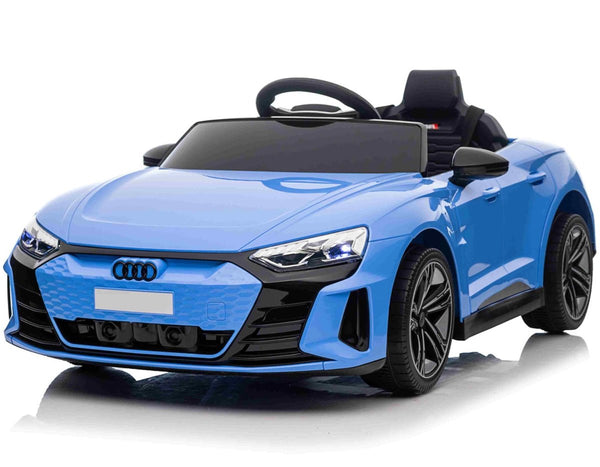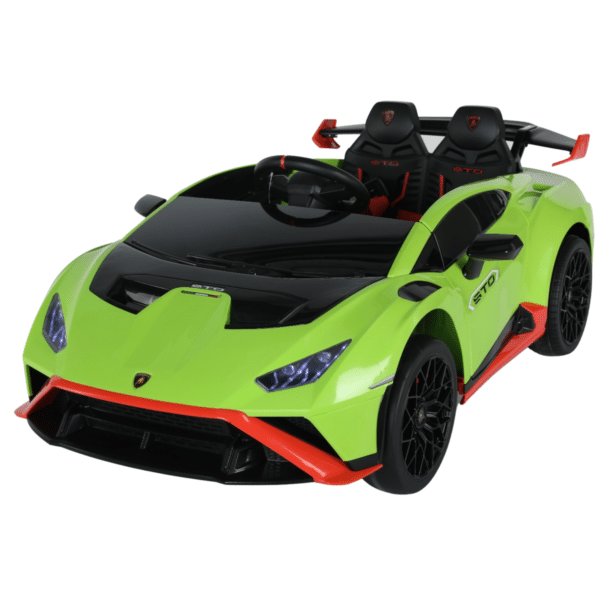Good News To Deciding On Kids Cars
Wiki Article
What Are The Things To Look For When Buying A Ride-On Car For Toddlers?
To ensure the safety, security, and enjoyment of a child's ride-on car take into consideration their age, height, and stage of development. Here's how to take into account these aspects: Age and size
Younger Toddlers (1-3 years old) - For toddlers who are younger consider ride-on cars specially designed for their age. These cars have simple controls, a low design that's stable and has a steering wheel or button. Select cars that ride on large bases for greater stability.
Children over 3 years old - With age children are able handle ride-ons using more sophisticated functions and control. Look for cars that have adjustable seats with higher weight capacities as well as more interactive features like working lights, music, and sounds. Look for ride-on cars that offer the ability to adjust speed or parental controls that can accommodate various skill levels and ensure safety.
Size
Height and Weight when choosing a vehicle to take your child in, you should be aware of their size and weight. Pick a car that has an appropriate height for the seat and capacity to accommodate your child's height and weight. Avoid cars that are too big or too small, since they could make it uncomfortable or unsafe for your child.
Comfort and Legroom Ensure your child is able to sit comfortably and is able to move on the ride-on. Examine the dimensions of the car's seating area to make sure it's appropriate to your child's size and stature.
Developmental stage -
Motor Skills - Consider your child's motor and coordination abilities when choosing a ride-on car. While younger toddlers will need simpler controls to maneuver the car, older children are able to manage more complex controls as well as interactive features.
Independence and Confidence- Ride-on vehicles can help build confidence and independence in children by teaching them to control their vehicle and navigate. Select a vehicle that gives your child to build their motor skills as well as their confidence through practicing steering, acceleration and braking independently.
When selecting a ride-on car, consider your child's preferences and preferences and. Pick a car that has characteristics, themes, or colors that are appealing for your child. This could be a classic or sports vehicle or truck.
If you think about your child's age, their size, as well as their developmental stage, then you can pick a car that is enjoyable and comfortable as well as safe. Your child will have hours of fun as they explore. Have a look at the top rated kids cars for more recommendations including riding digger, ride on toy, toy cars toy car, remote control childrens electric cars, ride a toy, toy with car, toy car for car, ride a toy, two seater childrens electric cars, kidscars and more. .

How Are Models For Children's Cars Designed For Indoor And Outdoor Use?
Cars for kids are designed with particular features and attributes to fit different environments and usage scenarios, whether indoors or outside. The following are the key differences between these models - Indoor Use Cars
Size and weight-Cars intended for indoor use will be smaller in size and lighter weight which makes them more able to maneuver around tight areas. These include living rooms and playrooms. These cars are small and compact, which allows them to maneuver easily around narrow passageways or corners.
Low Ground Clearance Indoor-use cars have a lower ground clearance, which means they won't become stuck or caught by obstacles such as rugs carpets or thresholds. This allows for seamless, uninterrupted motion on indoor surfaces.
Smooth Wheels- Indoor use cars The wheels are usually constructed from smooth materials like plastic or rubber to provide an even traction on surfaces with smooth surfaces, such as tiles or laminate flooring. These wheels are designed for indoor use in order to minimize noise and to protect surfaces from scratching.
Limited Speed - Indoor usage cars typically have slower maximum speeds to ensure safe and controlled operation within tight space. This can prevent accidents or collisions with walls, furniture, or other obstacles commonly encountered in indoor areas.
Outdoor Use Cars -
Durable Construction - Cars that are designed for outdoor use are built using durable materials like hard plastic or even metal that can withstand rough handling and outdoor elements such as sunlight, moisture and temperature variations. They are immune to damage caused by outdoor elements.
For use outdoors, vehicles with a greater ground clearance are able to traverse obstacles and bumps outdoors. This allows cars to traverse rough terrain without causing damage or getting stuck.
Traction Tires These are the tires on vehicles that are intended for use outdoors are often fitted with treads, or patterns that improve traction and grip when driving over uneven or slippery surfaces. This helps ensure stability and control when driving on terrains that are outdoors, preventing skidding or sliding.
Weather Resistance. Outdoor cars are often equipped with weather-resistant parts like sealed electronics, waterproof casings, and rust-resistant materials. This is in order to shield them from environmental damages. The vehicle can be subjected to mud, rain, and puddles with no performance loss.
Higher Speed - Outdoor usage cars usually have higher maximum speeds to allow for open spaces and longer distances commonly encountered outdoors. This lets children experience the thrill of a thrilling experience when out in the open.
Parents can choose a vehicle for their children that meets their needs, indoors or outside, by taking into consideration the design and features. This will provide an enjoyable, safe and long-lasting play experience. See the most popular read more for kids cars for blog examples including ride on car, car toy car toy, ride on digger, childrens digger, race car toy, digger ride, toy a car, 2 seater electric cars, childrens digger, two seater electric cars and more. .

What Factors Should I Take Into Consideration Before Purchasing An Electric Car For My Children? What Are The Pros?
Consider these factors before purchasing an electric vehicle for your kid to make sure you get the right car to fit your child's needs. Below are some important considerations along with information about the sizes, prices, and the pros and cons.
When you are choosing an electric children's car, you should take into consideration the height and age of your child. Models that are compact and light may be appropriate for smaller and younger children, while larger or older children might require vehicles with lots of space.
Size and Weight of the Car The Car's weight and size
Electric cars for children come in many sizes. They range from miniscule to full-sized replicas. The weight and size should be considered according to your child’s age, height, and the strength of your child. Also, consider space for storage or playing.
Price range
Children's electric cars can be expensive based on a myriad of variables. They include the dimensions, features and the build. Prices for micro-sized cars range between $50 and $200. For larger vehicles, prices can be up to $800.
The Pros and Cons of -
Pros -
Electric Kids' Cars These cars are great to play with and are great for imaginative games. Children can take pleasure in the excitement of having their own vehicle.
Motor Skill Development. An electric automobile is a fantastic method to aid your child to develop coordination, spatial awareness, and fine-motor abilities.
Electric cars are great for outdoor activities. They promote exercise, exploration and physical activity.
Realistic Features Many electronic children' vehicles feature realistic details including working horns, headlights which work, and MP3 players compatible, which improve the experience of playing.
Cons -
Costs - Electric cars that are of high quality for kids can be costly, especially if they are licensed replicas.
Battery life - Electric vehicles rely on rechargeable battery power that can only last a brief duration or require frequent recharge.
Safety Concerns: Electric vehicles pose a number of safety concerns like accidents, falls, or entrapment if they are not operated by an adult and in a safe way.
Maintenance and Assembly Some electric vehicles need assembly upon arrival, as well as regular maintenance such cleaning, battery care and, occasionally, repairs or replacements of components.
Features and Accessories
Check out the options and features that are offered for the electric vehicle for children. Examples include working headlights or horn sounds. Pick a car with features and accessories that match with the child's needs.
The ideal electric car for your child will depend on the factors of their age and size as well as their interests and budget. Do your research, compare the models review them, and weigh up the pros & pros before deciding. Check out the recommended Lamborghini kids car kidscars.co.uk news for more advice including kids electric cars, remote control childrens electric cars, kiddies cars, a toy car, digger ride, toy ride, toy the car, toy ride, childrens ride on, toy ride and more. .
